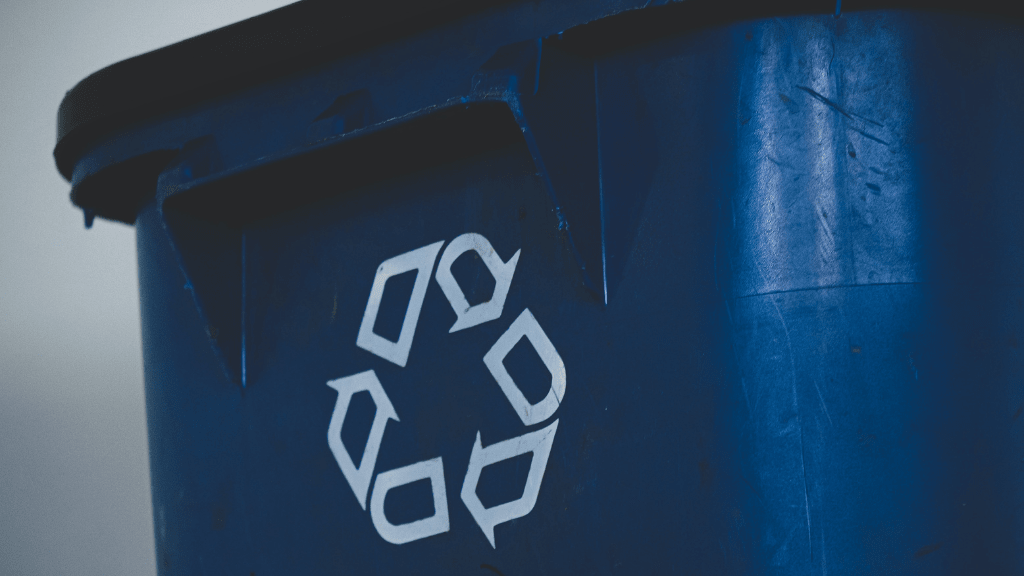Why plastic is a sustainable material
Plastic bottles floating in the sea, packaging waste that pollutes forests and meadows – these are often the images that come to mind when many people think of plastic. Yet the material is much more sustainable than popular opinion would have us believe – in fact, its sustainability potential is often significantly higher than that of alternative materials. In many areas of life and also industrial processes, plastic is an indispensable substance that has numerous unbeatable qualities. So it’s high time to clean up the negative image of plastic products – and that’s exactly what we’re doing now.
WHAT MAKES PLASTIC SUSTAINABLE
Plastic should not be reduced to disposable packaging. Although most production relies on crude oil, the material can make up for this resource consumption with its enormous advantages. There are several good reasons why plastic is sustainable:
- Longer life: The longer a product can be used, the better its eco-balance usually is. In the case of plastic, the service life can be up to 100 years or more, which is a huge advantage in many areas. Think of hazardous material containers, pipes or load-bearing components, for example. Because products made of plastic do not have to be replaced as frequently with newly produced parts, the material offsets its energy consumption in production.
- Efficiency in production: Speaking of production – here, plastic can score points with the fact that the products made from it come out of production almost ready for use, without generating a lot of waste products on the side. The saying “where you break an egg, you break a sausage”, which is true for wood, for example, therefore does not apply to plastic. Processes such as injection molding technology allow for shape-accurate production and thus very high efficiency.
- Saving resources: Plastics can replace many even more energy-intensive materials and thus save important resources. According to a study by the Society for Packaging Market Research in Wiesbaden and the Society for Comprehensive Analysis in Vienna, plastic products are particularly efficient in terms of material savings. If they were made from other materials instead, this would not only double costs and greenhouse gas emissions, but also greatly increase energy consumption, because a pipe made of cast iron, for example, weighs about five times as much as a plastic pipe. Another example is the plastic container in which we can store food again and again, saving a whole lot of aluminum foil.
- Hygiene: plastic packaging in the food sector ensures higher hygiene and longer shelf life of products. As a result, they are directly involved in minimizing food waste. Plastic is also an indispensable material in medical technology and, in the form of devices, sterile packaging or medical aids, is involved in saving and facilitating lives on a daily basis.

- Less CO2 during transport: As already mentioned, plastic is a comparatively light material; above all, it weighs much less than metal or wood. This has a positive effect on transport, because lighter freight requires less energy and therefore emits less CO2. According to studies, packaging weight would quadruple if, for example, all plastic packaging in Germany were replaced by the next best class of material.
- Less CO2 in traffic: Around 2,000 components in a modern car are now made of plastic. Here, too, the lower weight ensures that significantly less fuel or electricity is needed, thus saving precious resources. The same applies to aviation.
THE RECYCLING ISSUE WITH PLASTIC
As we can see, plastic is already a very sustainable material and is needed and used in many areas of life. Why does plastic nevertheless have an ambivalent reputation? This is mainly due to disinformation, half-knowledge, but also to the fact that there is often still a lot of room for improvement when it comes to recycling plastic.

In large parts of Europe, plastic is still recycled for energy, i.e. incinerated. This is despite the fact that all plastic packaging placed on the EU market is to be reusable or recycled cost-effectively by 2030. This requires not only better concepts for the collection and sorting of plastic waste, but also the avoidance of unnecessary single-use plastic, such as cutlery or beverage cups.
The main problems with recycling are that there are not suitable recycling options for every type of plastic, that energy recovery is often more cost-effective for companies, and that, especially with packaging, different materials often come together that cannot be easily separated in the recycling process. Some types of plastic also lose quality during reprocessing and: Not all recyclable plastics end up in the designated collection points.
So there is still a lot of potential here, because plastic is an important and valuable material, especially if it is used in the right places. If we were to invest even more planning and resources worldwide in recycling and the concept of a circular economy in which plastic is always and forever recycled, its carbon footprint could be optimized even more significantly.

Conclusion: Plastics – sustainable jack-of-all-trades with great potential
No other material is as versatile and manifold as plastic. Contrary to its slanted image, it is in many cases significantly more sustainable than other materials and therefore has great potential. From the automotive industry to everyday objects and medical technology, plastic provides efficient, hygienic and resource-saving solutions with a long service life.
Do you see potential in your company to replace energy-intensive materials with plastic, or do you already have a concrete plan to do so? Contact us right away, we have decades of expertise and are one of the leading companies in the production of high-quality plastic solutions.



